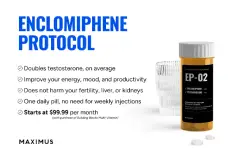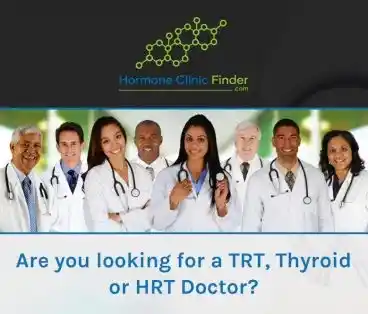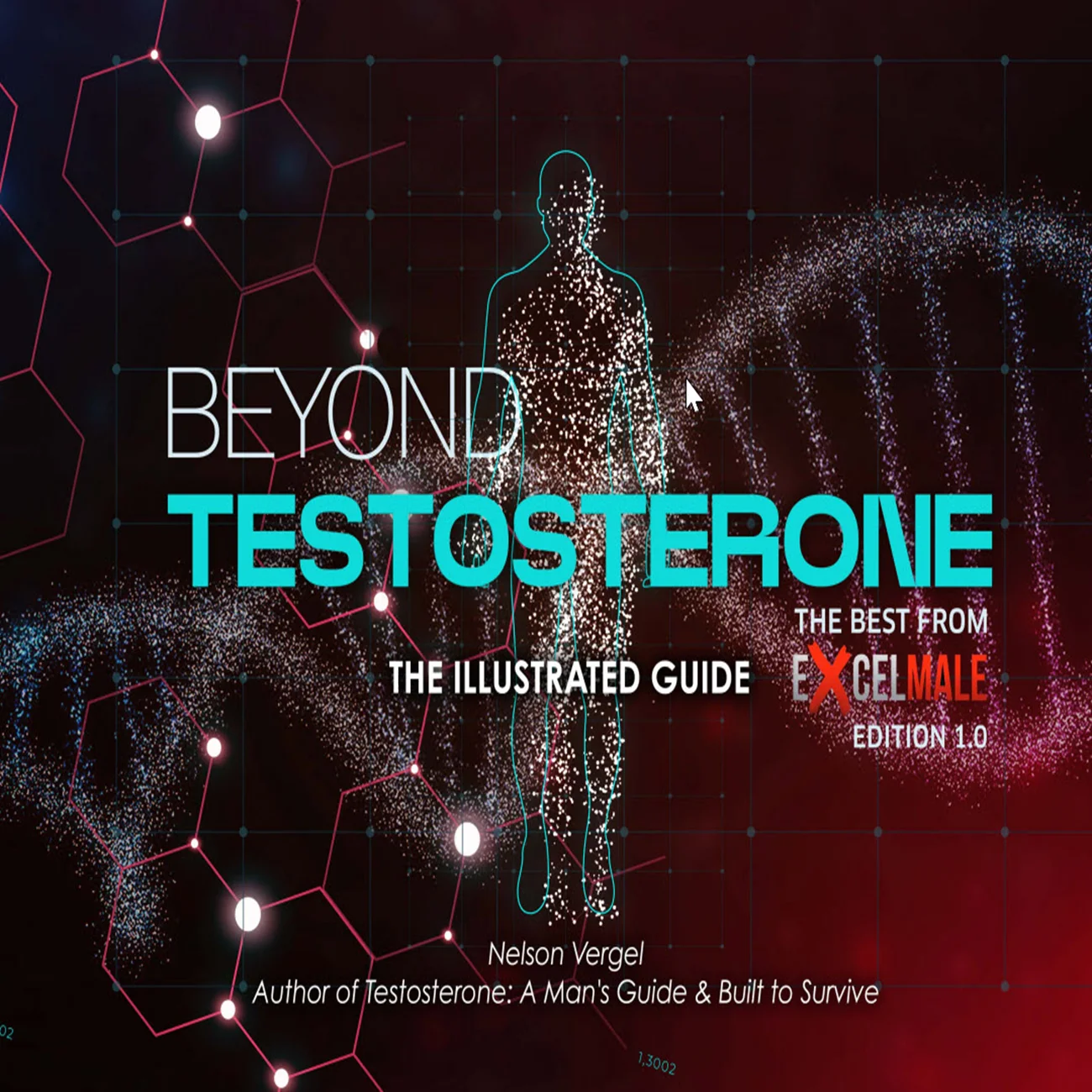madman
Super Moderator
* Dr. Carlsson asserts that prostate cancer screening is moving toward integrated, risk-adapted models, combining PSA, biomarkers, imaging, and AI to optimize outcomes for men globally.

Dr. Sigrid Carlsson, MD, PhD, MPH, Head, Division of Clinical Epidemiology of Early Cancer Detection, DKFZ German Cancer Research Center, Heidelberg, Germany, reviews future directions in prostate cancer screening. She emphasizes that despite available screening, men continue to die of prostate cancer, and opportunistic, non-standardized testing contributes to inequity, harm, and excess cost.
Prostate-specific antigen (PSA) remains the foundation for early detection. Data from the Malmö study demonstrate that men aged 60 with PSA less than 1 ng/mL have a very low lifetime risk of metastasis or death, suggesting no further screening is required in that group.
The next paradigm shift in screening integrates PSA with advanced biomarkers, imaging, and artificial intelligence. Ongoing European initiatives such as PRAISE-U, ProScreen, and Göteborg-2 are testing these approaches, reporting that combining 4Kscore with magnetic resonance imaging (MRI) has detected clinically significant cancers while reducing the risk of overdiagnosis and unnecessary biopsies.
MRI has become central to modern screening strategies. However, its effectiveness depends on reader expertise and equipment quality. Dr. Carlsson predicts AI may enhance reproducibility and accuracy while lowering costs and disparities. She also highlights micro-ultrasound as a promising tool. Its accessibility and lower complexity could make it attractive for broader adoption in clinical settings.
Dr. Carlsson asserts that prostate cancer screening is moving toward integrated, risk-adapted models, combining PSA, biomarkers, imaging, and AI to optimize outcomes for men globally.
Dr. Sigrid Carlsson, MD, PhD, MPH, Head, Division of Clinical Epidemiology of Early Cancer Detection, DKFZ German Cancer Research Center, Heidelberg, Germany, reviews future directions in prostate cancer screening. She emphasizes that despite available screening, men continue to die of prostate cancer, and opportunistic, non-standardized testing contributes to inequity, harm, and excess cost.
Prostate-specific antigen (PSA) remains the foundation for early detection. Data from the Malmö study demonstrate that men aged 60 with PSA less than 1 ng/mL have a very low lifetime risk of metastasis or death, suggesting no further screening is required in that group.
The next paradigm shift in screening integrates PSA with advanced biomarkers, imaging, and artificial intelligence. Ongoing European initiatives such as PRAISE-U, ProScreen, and Göteborg-2 are testing these approaches, reporting that combining 4Kscore with magnetic resonance imaging (MRI) has detected clinically significant cancers while reducing the risk of overdiagnosis and unnecessary biopsies.
MRI has become central to modern screening strategies. However, its effectiveness depends on reader expertise and equipment quality. Dr. Carlsson predicts AI may enhance reproducibility and accuracy while lowering costs and disparities. She also highlights micro-ultrasound as a promising tool. Its accessibility and lower complexity could make it attractive for broader adoption in clinical settings.
Dr. Carlsson asserts that prostate cancer screening is moving toward integrated, risk-adapted models, combining PSA, biomarkers, imaging, and AI to optimize outcomes for men globally.












